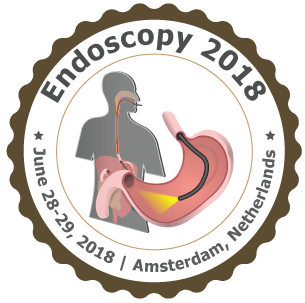Imaging in Transplants
Transplantation can be associated with various complications ranging from vascular to immunologic. Traditionally, the complications were checked using biopsies, but with the advances, the complications are now investigated using non-invasive imaging techniques like Color Doppler Ultrasound, CT and MRI angiography, and nuclear imaging. But, ultrasound is the ideal initial imaging modality followed by color Doppler ultrasound, as they are readily available, and provide an almost complete diagnosis in the first imaging modality in both renal and pancreatic transplants. Accurate imaging is crucial in the precise description of abnormalities, fluid collections, and the localization of leaks. An ultrasound followed by CT or MRI and angiography are the prescribed imaging modalities after a transplant.
- Color and Duplex Doppler ultrasound
- Grey-scale ultrasound
- Ultrasonography
- Nuclear Imaging
- CT and MRI
- Pre- and Post-transplant imaging
- Fluoroscopic gastrointestinal barium studies
- Radiographic examinations
- Endoscopy with biopsy
- Histopathology
Related Conference of Imaging in Transplants
Imaging in Transplants Conference Speakers
Recommended Sessions
- Abdominal and Gastro-intestinal Radiology
- Abdominal and Pelvic Ultrasound
- Complications in Endoscopy
- Digestive Diseases and Endoscopy
- Endoscopic Procedures and Surgeries
- Endoscopy
- Endoscopy and Diagnosis
- Endoscopy and Pancreatic Cancer
- Endoscopy and Treatment
- Gastrointestinal Oncology
- Imaging in Transplants
- Imaging Techniques of Abdomen and Pelvis
- Inflammatory bowel disease (IBD)
- Liver Diseases and Gastroenterology
- Oncologic Imaging
- Recent Advances in Endoscopy & Abdominal Imaging


